When it comes to high gloss, mirror or high gloss finish as they call it, I always tell you it's very hard to get and that requires special workspace facilities. The dust, the uneven coating of varnish, orange peel, they cause the light not to be reflected perfectly and the brightness not to be as desired. But there is a way to achieve mirror gloss even if the varnish application and working conditions were not perfect. This is polishing.
In short, the technology to achieve mirror gloss is as follows:
- preparation of the wood support by sizing and sanding;
- application of primer coats (min.2). The primer should be as hard as possible so that sanding between layers to make the best of it;
- sanding of primer layers. Sanding the primer can be done after each coat has been applied and thoroughly dried or, if the application is done "wet-on-wet", after all coats have been applied and properly dried. Sanding for gloss should be done with sandpaper with a minimum grit of 400;
- applying the final coat of gloss varnish.
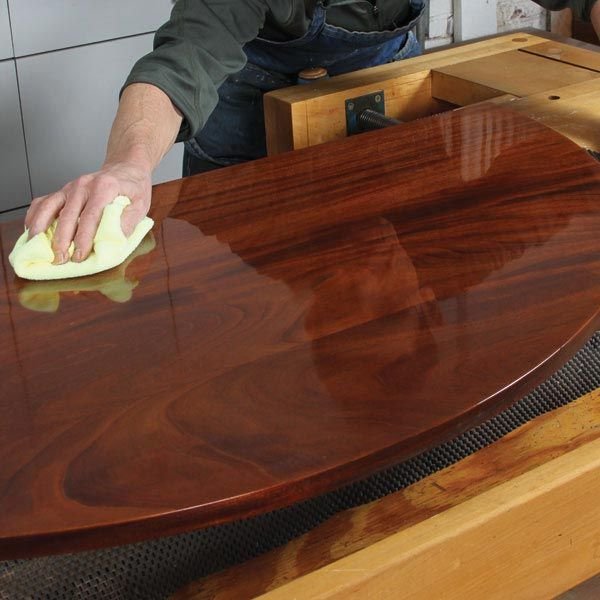
With the same technology, both transparent and opaque coatings can be achieved, and the substrate can be wood or MDF. In order to achieve the perfect gloss, the atmosphere in the workspace must be dust-free and the varnish must spread very well, be free of bumps and orange peel. Because of the sheen, dust and debris trapped in the film are much more visible on the finished surface, and their presence is even exaggerated. Film flaws prevent light from reflecting 100%, resulting in a lower gloss level. To eliminate the problems, a clean atmosphere is needed, provided by high-performance exhaust systems, and the varnish should be applied in pressurised booths. The varnish must be of good quality, the drying times must be respected and the thinner used, also of good quality, must ensure that the varnish is perfectly dry and spread before drying.
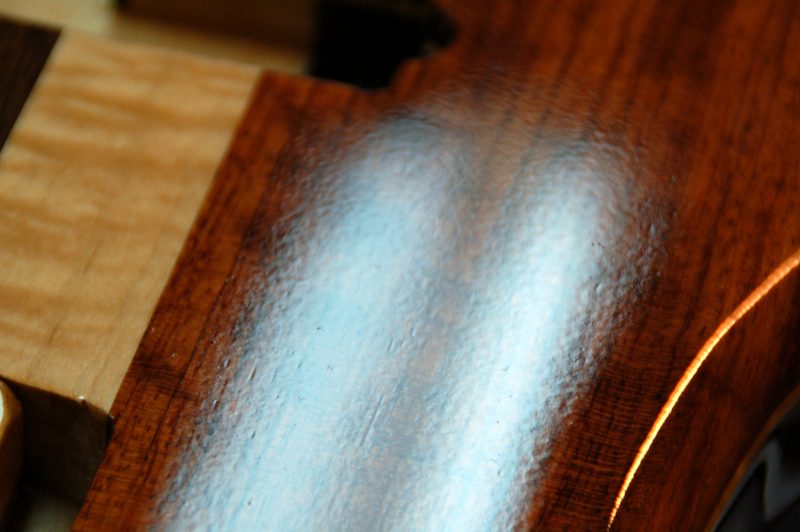
photo source: wordpress.com
As you can see there are many "must haves" to achieve that mirror shine. You can remove some of them with polishing. But what is polishing? It's a finer sanding, a polishing, which is done with abrasive pastes and leaves behind a very smooth film. It can only be done to remove dust and debris trapped in the film, but it can also remove a thin part of the varnish layer, getting rid of the orange peel.
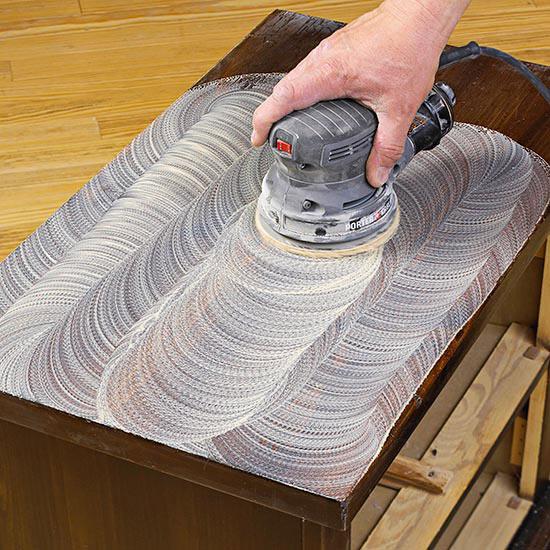
To get rid of the veined film, the polishing process starts with sanding with sandpaper of smaller grit (400, 600, 800) and continues with abrasive pastes, also progressively, from 1000 to 3000 and even more. The higher these numbers, the finer the material used for sanding, the more and smaller the abrasive particles contained.
Polishing can be done both by hand and by machine. Because it requires a lot of work and physical effort, hand polishing is effective for polishing small surfaces and removing minor defects.
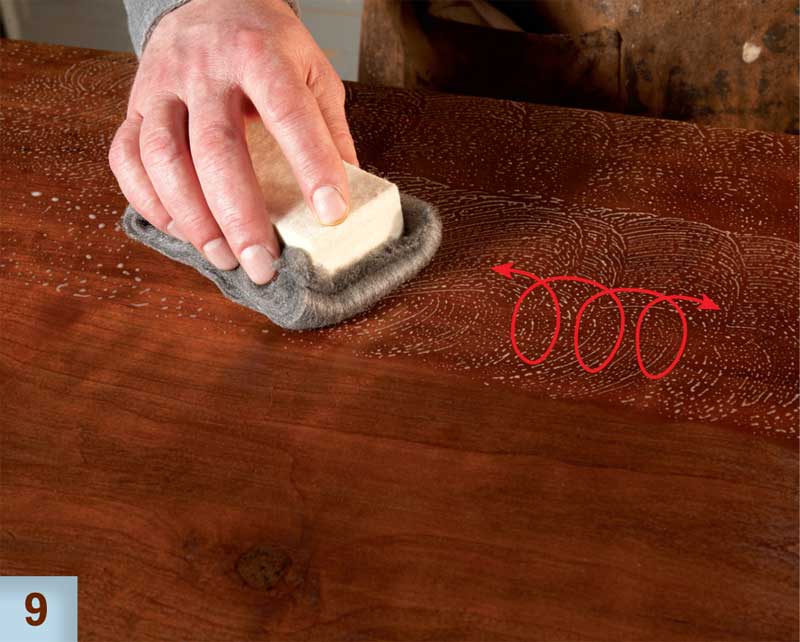
If the surfaces are large, polishing machines (basically rotary sanders) are needed. There are both small manual polishers and industrial machines. The manual ones have a rotating drum as the central part, to which felt discs or other very fine and soft materials (cotton, felt, steel wool) are attached.
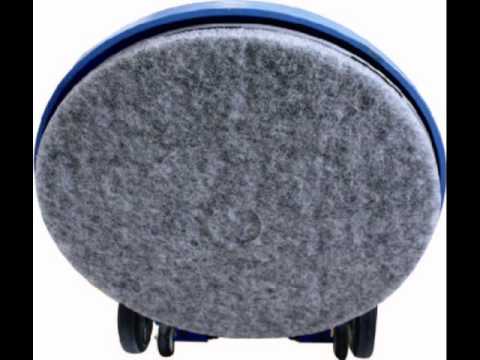
photo source: alibaba.com
To polish, apply a small amount of abrasive paste to the surface and then rub the surface in a rotating motion with the polishing machine. The fine felt discs help the paste to spread well to work where it is needed, but without scratching or damaging the film. As I said, start with 1000 grit paste, then continue with 2000 and 3000. Polishing is done all over the surface to achieve an even gloss. If polishing is done only locally, it is possible that there will be a shinier area compared to the rest of the surface. At the end the dust particles are removed and the surface remains glossy without the need to apply varnish or any other product on top.
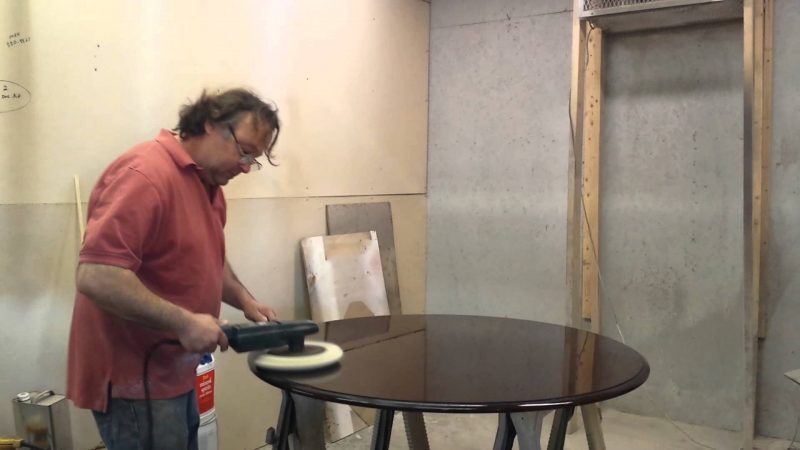
In the case of manual polishers, but also larger ones such as floor polishers, the object is static and it is the machine that is walked on the surface.
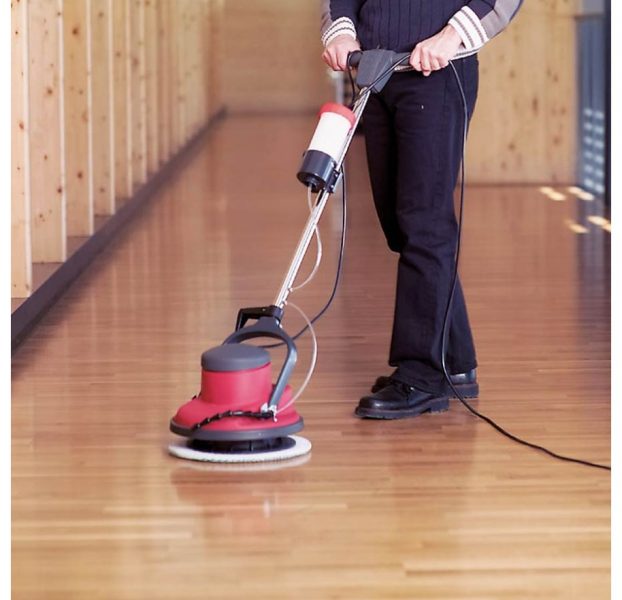
On industrial machines it is the other way round, the machine is static and the objects pass through the belts, on which the felt is applied, to be polished. I had the opportunity to see how musical instruments are polished in one of the factories in Romania. It is impressive how skillfully and quickly large instruments (such as double basses) are moved through a polishing machine whose belt rotates vertically. The movement is repetitive and at one point even hypnotic. And at the end you get the feeling that the instrument is perfectly polished.
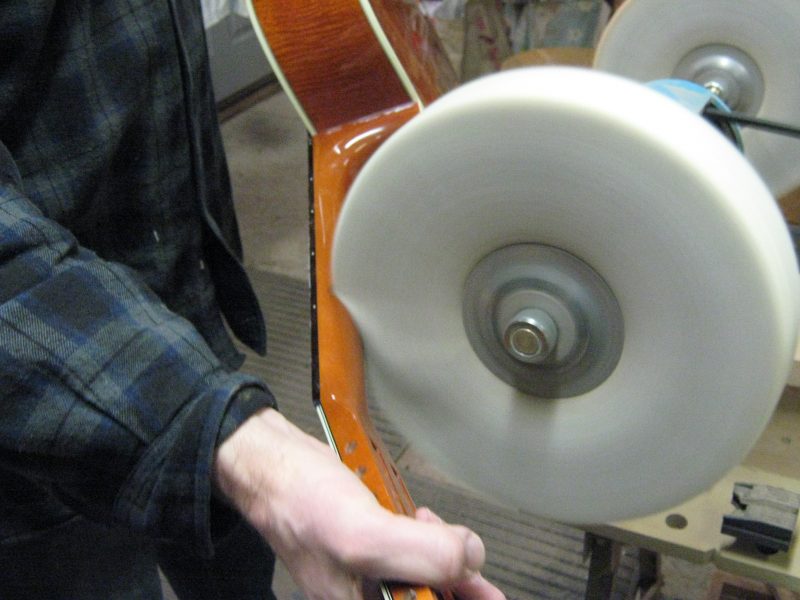
As musical instruments are involved, polishing machines are of a more special construction, the objects having different and sometimes difficult shapes. However, there are also polishing machines that can be integrated into modern finishing lines, ensuring that pieces are polished without human intervention. They are perfect for parts with less complicated shapes and mass production.
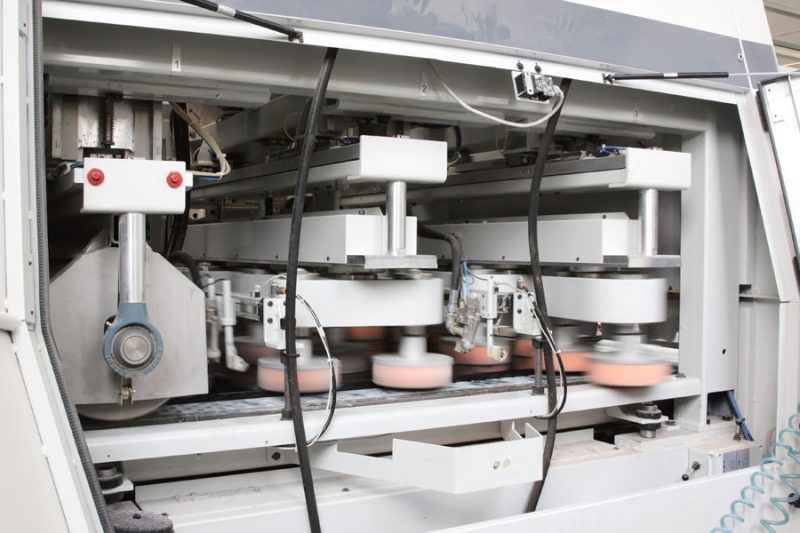
But you should know that not all varnishes can be polished. There are some that, due to the heat released during polishing, lose their shine and even become slightly opalescent. It's a good idea to ask your polish supplier if the lacquer you are using is polishable. This avoids potential problems.
Polishing is not a simple operation, but it is not impossible to do. You can try it even if you are not a professional woodworker or wood finisher. If you've used a drill once, you'll certainly be able to use a polisher. The important thing is to get started and have the right materials.
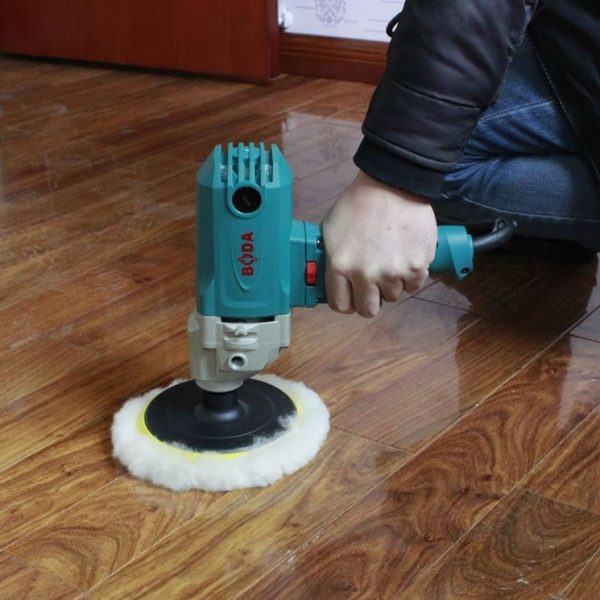



























Very good tips,you save time and money in the process of putting out a good product!!!
Hello
I would like to know where to find wood polish abrasive paste and possibly a product code. Everywhere I find only for cars and I suspect it is not suitable. Thanks
Hello.
Most companies that have abrasive products for wood also have abrasive pastes (3M, Klingspor, Mirka, Carbochim). Preferably use wood products, but I've also seen glossy MDF polished with automotive pastes and it looks good. In this case use products recommended for many types of surfaces (they are less aggressive) and the lacquer applied should be as scratch resistant as possible. Make successive sandings with smaller and smaller grit sizes (600, 800) and then use pastes (1000, 2000, 3000).
All the best!
Hello. Can you recommend me some wood varnishes. Which would be the best? Thank you very much for your answer.
Good evening!
Lacquers come in many varieties and you should know what you want to use them for: indoor or outdoor, furniture, table tops or flooring, bathroom or kitchen furniture.
If you work with wood as a craft, my recommendation is to use professional varnishes. There are many good brands on the market: Sayerlack, Sirca, Renner, Ica, Milesi, Remmer, etc. Distributors of these brands also have trained technicians and can recommend the right product.
If you work with wood as a hobby, use products from DIY stores. The important thing is to follow the manufacturer's instructions. Very often, the difference between a good finish and a poor one is down to the way the materials have been applied.